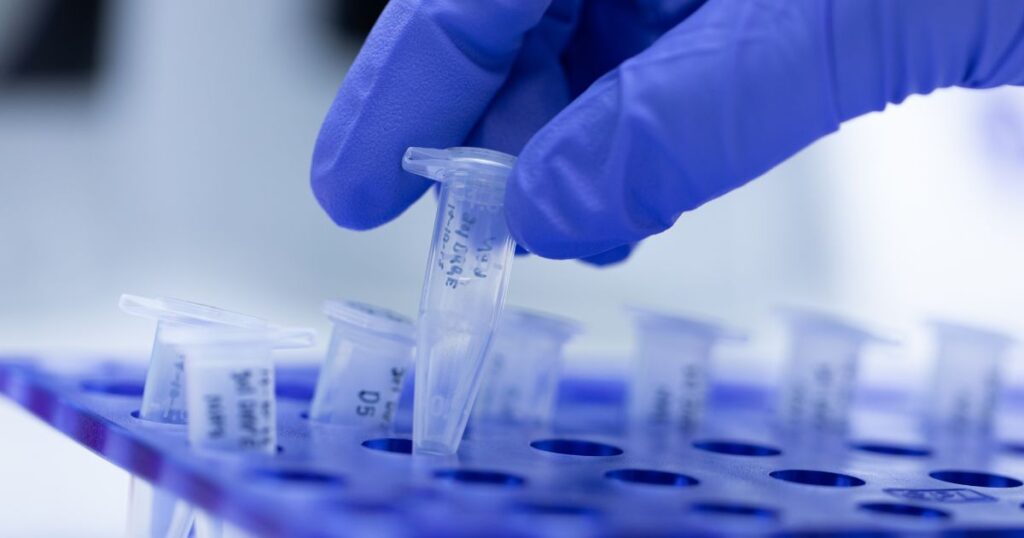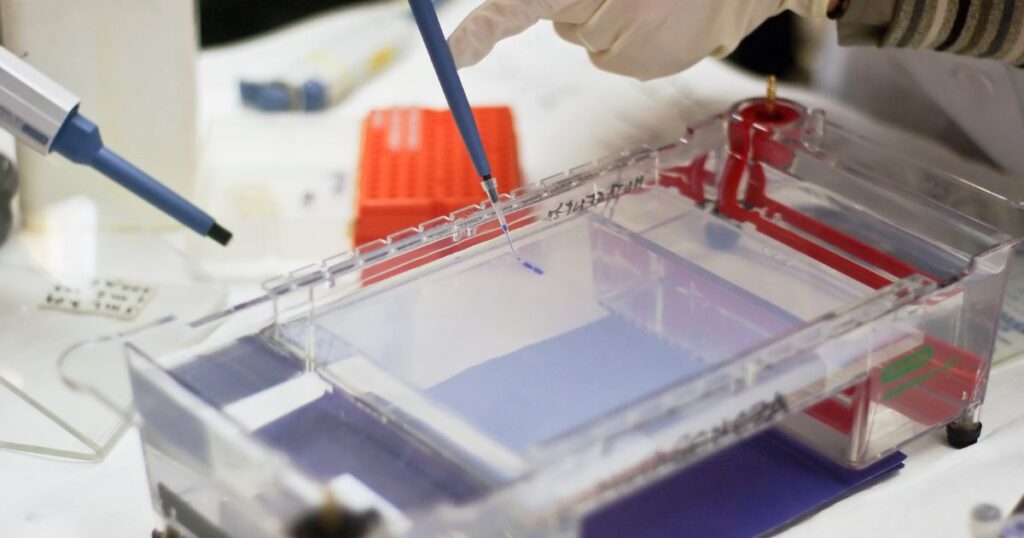Gel electrophoresis is a revolutionary technique for the separation of proteins, DNA, and RNA. With the findings that this technique reveals, experts get valuable insights on genetic and molecular frameworks. No matter how accurate is the setup of the gel electrophoresis method it’s not devoid of challenges and errors. If you are not aware of how to navigate these challenges, you are only halfway there and need to achieve more milestones. It’s time to explore the second half and discover some troubleshooting tips to streamline the process.
Get a glimpse of the tips you can implement to troubleshoot the major issues in gel electrophoresis:
- Disfigured bands
One of the most prominent to surface during the process is the appearance of disfigured bands. Imagine viewing bands with irregular shapes or no shape at all. Often, you will find the bands smeared. With this kind of distortion, analysing the samples becomes more challenging, especially when analyzing and interpreting the findings. Apparently, the reasons for this may be many lack of uniformity in gel concentration, overloading of gel or insufficient loading of samples, or high heat generation during the preparation of gel.
- Power supply issues
The power supply of gel electrophoresis technique is one of the most significant aspects to consider. So, you need to check the settings for controlling the current and voltage. Don’t forget to investigate those features that safeguard from overheating and current limiters. When you check the equipment inside out, there are likely to be fewer chances of a lag in the electrophoresis power supply.

- Bad resolution
Another issue that is as frustrating such as a distortion in the electrophoresis power supply is poor resolution. When the resolution is improper, proteins, RNA, and DNA cannot be separated with precision. Eventually, it becomes far too difficult to view or analyse the molecules. Wondering what could be the reasons for this? It can happen due to inaccurate staining techniques, inadequate running time, contaminated reagents, or mistakes in buffer composition.
- Lack of safety features in gel electrophoresis
Do you know what demarcates inefficient gel electrophoresis equipment from a fully functional set up? A faulty electrophoresis power supply without any safety features can be blamed when you are unable to perform the procedure. A couple of safety features that is a must-have for the equipment are overpower-limit detection and no-load detection. That way, you can protect the set up even when it is not in use. Similarly, it should have an automatic countdown timer that makes the gel run in the absence of a technician.
- Smearing
Smearing refers to those indistinct and shadowy bands present on the gel that hinders the interpretation of results. In most cases, the findings become inconclusive due to smearing. What could be the reason for smearing? One problem could be running the gel at an inappropriate voltage. Check the electrophoresis power supply to ensure that you get quality and reliable results.
- Voltage fluctuations
Do you know calibrating the gel electrophoresis equipment is essential for accurate results? Don’t ignore the instructions in the manual and understand how important it is to maintain the gel tray, electrophoresis power supply, and the electrodes. Without appropriate delivery of current and voltage, the gel separation procedure may become inconclusive. Try to calibrate the power supply to steer clear of issues like voltage fluctuations and to make the gel separation process more accurate.
- Using quality electrophoresis reagents
Not using quality or fresh reagents may hamper the findings of gel electrophoresis technique, and in turn may affect the results. Using poor-quality reagents enhances the background noise, affects the band resolutions negatively, and compromises the gel integrity. Don’t forget to check the expiration date when buying reagents. Even if you check the dates, try to check the effectiveness of reagents on other samples to get headway
- Careful sample preparation
Preparation of samples is the mainstay of gel electrophoresis method. Not following proper techniques may result in issues that dampen the separation of proteins and the quality of RNA and DNA.
- High or low gel electrophoresis voltage
One of the challenges of this process is choosing between high and low voltage. Typically, voltage determines the speed at which the molecule moves through the gel. Although higher voltage increases the speed of the process it may result in smearing and overheating. On the other hand, low voltage reduces the efficiency of separation. So, try to choose an appropriate voltage to ensure that it aids the process on the whole.
So, you are familiar now how specific issues make the gel electrophoresis procedure more challenging to perform, and in turn impair the results. Get your hands on quality equipment and optimize the run. Visit https://www.igenels.com/ for high-end research equipment.
FAQ
- What is a common flaw in the gel electrophoresis?
The common flaws are related to voltage and time. With too low or high voltage, excessive heating damages the molecules and gel, and diffused bands.
- When should I stop the gel electrophoresis process?
You need to check whether the bromophenol 2 has run off completely and stop the process.
- Why is error prevention necessary in the gel electrophoresis process?
If you don’t troubleshoot the issues that plague the gel electrophoresis process, the result and analysis becomes less effective and inconclusive.

